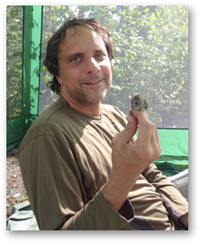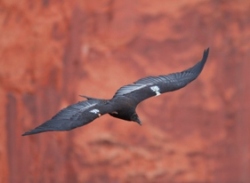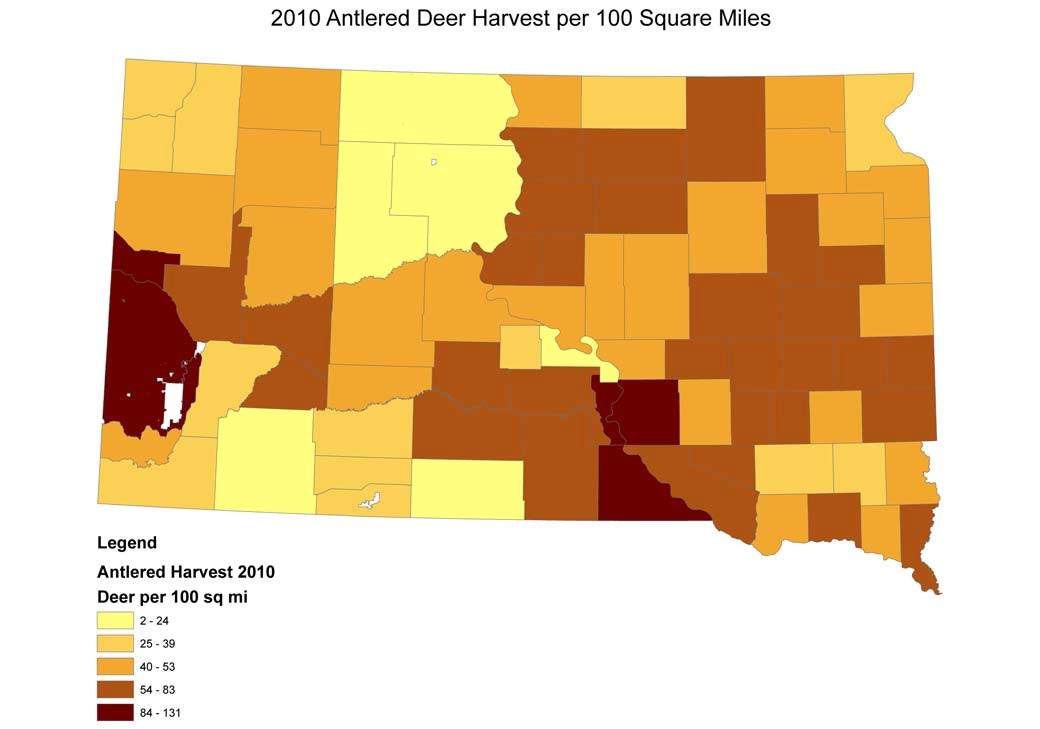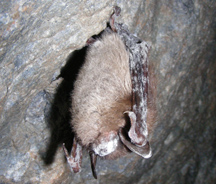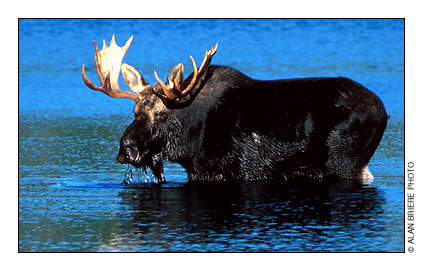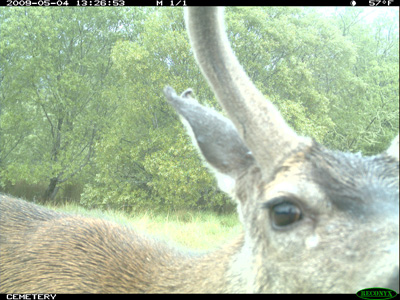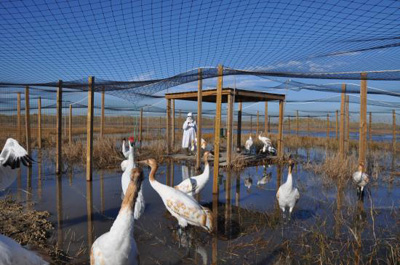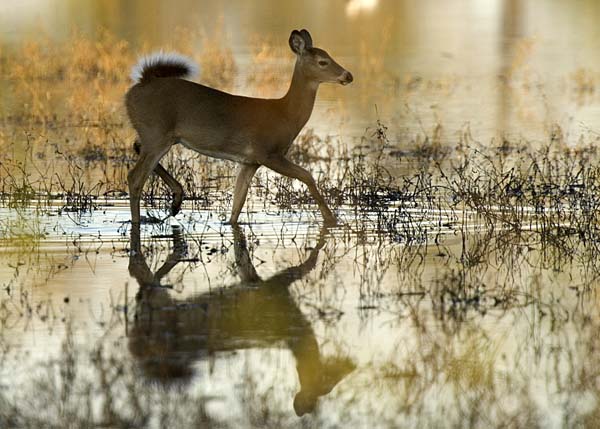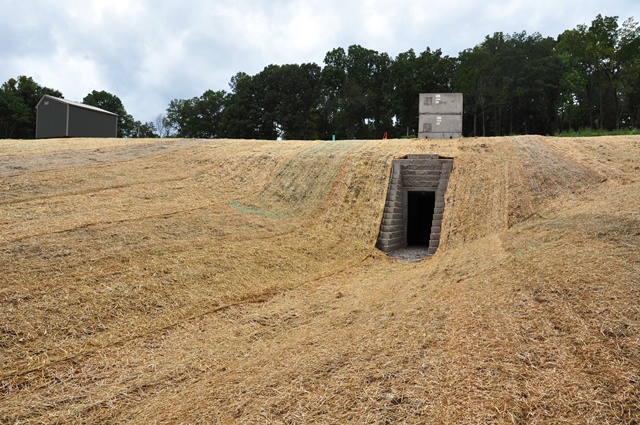From a press release from Colorado Parks and Wildlife:
Colorado Parks and Wildlife Director Rick Cables has announced the selection of Chad Bishop to serve as Assistant Director for Wildlife and Natural Resources.
In his new role as assistant director, Bishop will oversee the biological units of the agency as well as the units that manage real estate and water resources. Since 2009, Bishop has headed the Mammals Research Program, which includes 18 research projects that address ecology and management of cougar, black bear, elk, mule deer, lynx and other species in the state. Bishop has recently been serving as acting manager of the Colorado Parks and Wildlife Terrestrial Section.
Bishop is an avid sportsman and has lived in Colorado since 1999. He has a bachelor’s degree in wildlife management from Montana State University, master’s degree in wildlife resources from University of Idaho, and a doctorate in wildlife biology from Colorado State University. Bishop started with the former Colorado Division of Wildlife as a wildlife researcher in 1999. As a researcher, he studied mule deer for a decade before becoming head of the Mammals Research Program in 2009.
“I’m excited for this new opportunity to serve Colorado Parks and Wildlife and the citizens of Colorado,” said Bishop. “Colorado boasts a wealth of fish, wildlife and natural resources. I’m looking forward to helping manage and preserve those resources for our State’s residents and visitors, now and into the future.”

